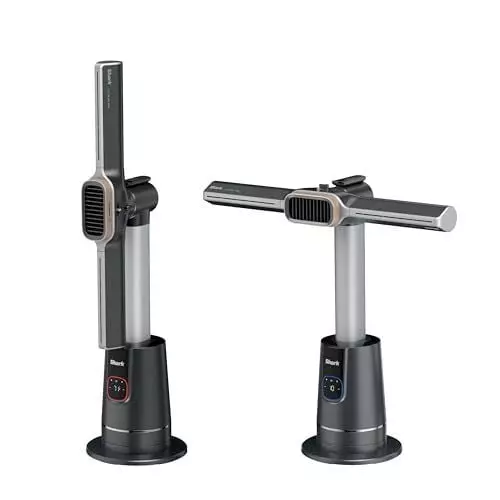Set Black Friday Price Alerts so You Don’t Go Over Budget

We may earn a commission from links on this page.
The annual shopping Holiday of Black Friday is nearly upon us. We'll keep you updated with all the best deals throughout the holiday shopping season. But before you purchase anything, here's how to set your own prices for Black Friday and every other day.
If you're an impulse buyer, you know that shopping events like Black Friday and Cyber Monday can be bad. Even though we know retailers are using all kinds of manipulation techniques to get us to buy things we don’t need, it still works, so this year, try setting your own prices and only choosing things you already want to buy.
How to “set your own prices” on Amazon
You can’t make Amazon lower its prices at your whim, but you can set up an alert system to let you know if anything you want to buy dips in price enough for it to make sense for you to purchase it. Below is a step-by-step guide to setting your own personal maximum price for any item sold by Amazon:
Identify the items you’d like to purchase and throw them into your Amazon wishlist. Make sure your wishlist is set to “public.”
Visit the Amazon price-tracking website CamelCamelCamel and make a free account. There are other price-tracking apps and websites that, more or less, do the same thing—Slick Deals, Honey, Keepa, etc.—so check out this overview of the best price-tracking tools if you want to compare them. Spoiler alert, though: For Amazon specifically, camelCamelCamel wins.
Click “import wishlist.” (You’ll have to copy and paste the URL from your Amazon wishlist.)
Once you’ve done that, CamelCamelCamel lets you add specific maximum prices (or percentage drops) for everything in your wishlist. Enter the maximum amount you’re willing to pay for each item in your list, and then you can tell it to send you an email when any item’s price drops to your set spending limit.
Ignore all the hype and wait for the email alert letting you know that your chosen items have become cheap enough for you to buy.
Spend Black Friday feeling smug and agree with yourself that you actually are the smartest person alive. Don’t even look at Amazon’s website. Seriously. Well, maybe just for a second. This time you’ll have the willpower to avoid buying another chocolate fountain or a self-stirring mug with “SELF STIRRING MUG” written on the side, right? Right?
How to set price alerts at non-Amazon retailers
CamelaCamelCamel is an Amazon-only product, but other price-tracking services can be used with other retailers. Honey, for instance, is PayPal's retail service. It lists 10,000 supported retailers. If you install the Honey browser extension, you can add an item you want to buy from a retailer to your droplist and it will notify you when the price drops to the level you set. You can also compare the price of the same item across website. Here's how to set your own price:
Create an account with Honey.
Install the Honey browser extension.
Find the item you want to buy on Honey's website.
Click the "Add to Droplist" button that appears on the product page.
Set the discount percentage you want to see.
Click "Add to Droplist" to confirm your preferences.
Honey will then monitor the item and send you an email or push notification once the price drops to the amount you specified.
More ideas for imposing limits on your spending
If you want to take tech-based shopping guardrails beyond the basic "time to buy" alert system described above, here are some ideas.
Block ads: If you're the type of person who responds to online ads, you can block a ton of them with a simple tool or app. Here's our overview of the best ad-blocking software.
Track your expenses: Whether you do it with pencil and paper or use an app, seeing how much you're spending can be a powerful motivation to be more thrifty. Budgeting over time can even give you a bit of a surplus, so you can splurge when Black Friday rolls around if you want to.
Save up for something: Saving up for something in the future—a vacation, an electric surfboard, whatever—can make it easier to resist spending now.
Hit your internal pause button: If you can make a habit of waiting a day or two between thinking "I want those sunglasses" and entering your credit card numbers, you may decide your old sunglasses are just fine.
Set up a one-in-one-out system: For everything you buy or acquire, get rid of a similar item (or more!) to make room for it. Knowing something has to go if you hit "buy now" can stop you from making an impulse buy, and following this rule keeps your home less cluttered. Bonus points if you resell an item before getting a similar one. Make money before spending money, and save space while you're at it.
Consider professional help: It's normal and common to sometimes have a little difficulty controlling spending, but researchers say about 6% of Americans suffer from compulsive buying disorder which may be part of a larger psychological problem. So if your spending is driving you deep into debt, you're suffering real-world consequences based on your buying habits, or you just feel like shopping might be a problem for you, talk to a professional.
Categories
Recent Posts










GET MORE INFORMATION

